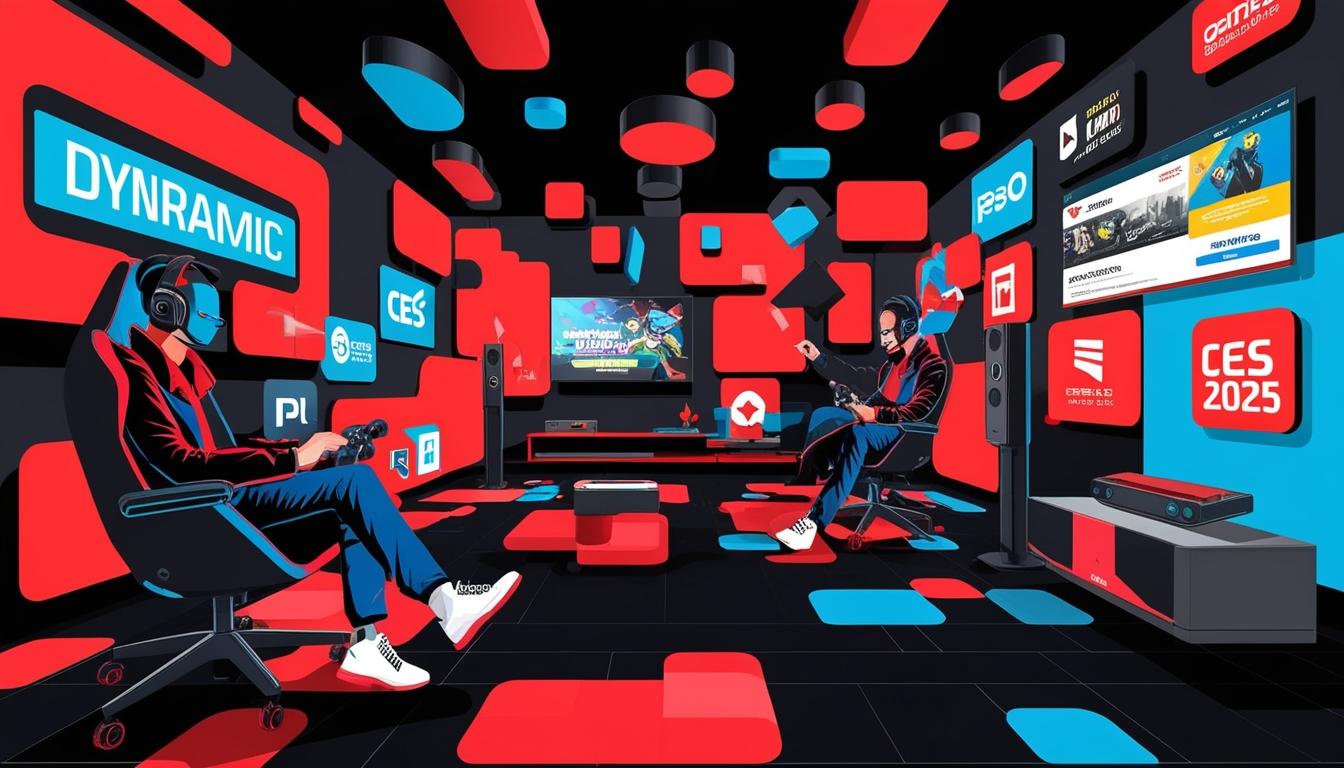At the Consumer Electronics Show (CES) taking place this week in Las Vegas, attendees are focused on innovations that enhance the gaming experience, whether through the latest hardware, improved microprocessors, or advancements in game design. However, according to industry executives, the critical element is the player experience itself—achieving a fun and seamless interaction with new consoles, desktops, or mobile games.
Discussing the intersection of advertising and gaming, leading figures from Activision Blizzard and Zynga highlighted the importance of 'gamevertising' during a dedicated session at CES. Claire Nance, head of gaming business success strategy at Activision Blizzard Media, acknowledged the evolving landscape of in-game advertisements. She noted that players are often accustomed to a “value exchange” where they receive benefits, such as virtual currency or advancement in the game, in return for viewing ads. “That experience works really well in a mobile title, but that’s not necessarily going to work well in a console environment,” Nance explained.
Gabrielle Hayman, vice-president of global brand sales and partnerships at Zynga, elaborated on the cultural assimilation of in-game advertising, pointing out that players have come to expect such advertising much as they do in traditional media like television. She advised brands and agencies to engage directly with the games they wish to advertise in. “If you’re a brand or an agency, play the games that you’re going to buy (ads for),” Hayman remarked, suggesting that immersion in the gaming experience can guide more effective advertising strategies.
The integration of brands within games is transforming, as noted by Chirag Ambwami, senior vice-president at research firm Sensor Tower. He remarked on the innovative marketing approach taken by brands such as McDonald’s, which has established virtual restaurants in games allowing players to enhance their characters’ abilities, likening it to a real-life food stop. “It’s a very seamless experience. It’s not a traditional ad, but it’s still an ad,” Ambwami stated.
Both Nance and Ambwami suggested that the approach to in-game advertising can be flexible. Nance commented that brands do not need to commit to a massive immersive experience; instead, they could consider smaller, programmatic ad buys that offer a middle ground in complexity and investment.
The demographics of the gaming audience are expanding, and Hayman highlighted a significant rise in female participants within "casual gaming." She noted the impact of this demographic on purchasing decisions within households, suggesting that gaming provides a unique avenue for brands to connect with these consumers. “There is a lot to the psychological mindset of when someone’s gaming… It’s their ‘me’ time, it’s when they are relaxed,” said Hayman.
Nance added that the advertising strategies that work well in Western markets can often be effective internationally, as gaming transcends geographical boundaries. “Gaming has no borders,” she stated, indicating its potential for brands looking to globalise their outreach.
Furthermore, Hayman predicted shifts in platform preferences among gamers, anticipating a trend that would see smartphones as primary devices over traditional PCs or consoles. "It’s this idea of accessibility: how do we make it more accessible and easier for folks to play the games that they love across these different platforms and across these different devices?” she questioned, underscoring the industry's ongoing need to enhance the player experience.
As CES 2025 unfolds, the gaming sector's focus remains on refining and evolving these experiences to maintain engagement while exploring innovative advertising strategies. The event concludes this Friday, with attendees leaving behind a landscape poised for further technological advancements and shifting consumer interactions.
Source: Noah Wire Services
